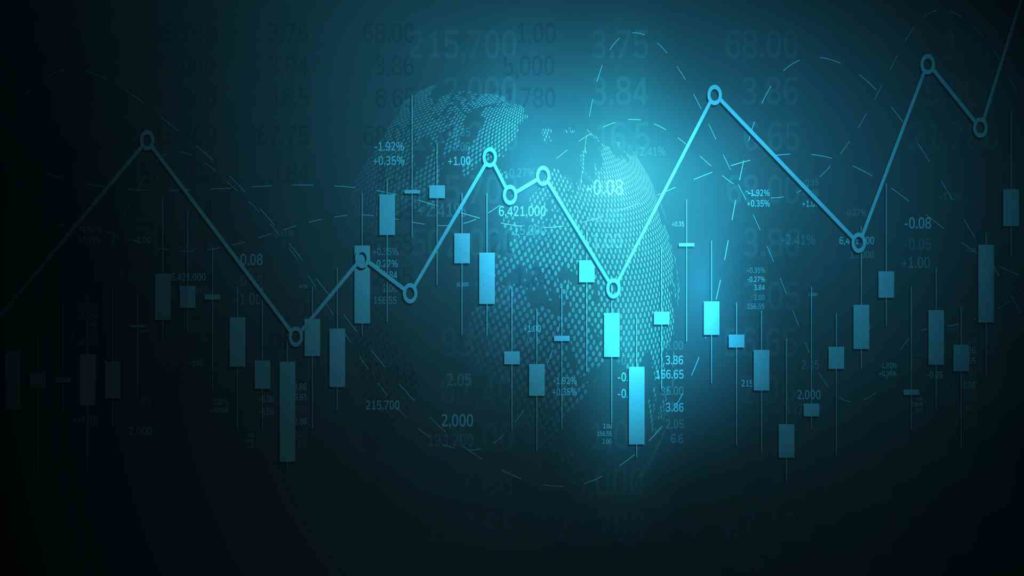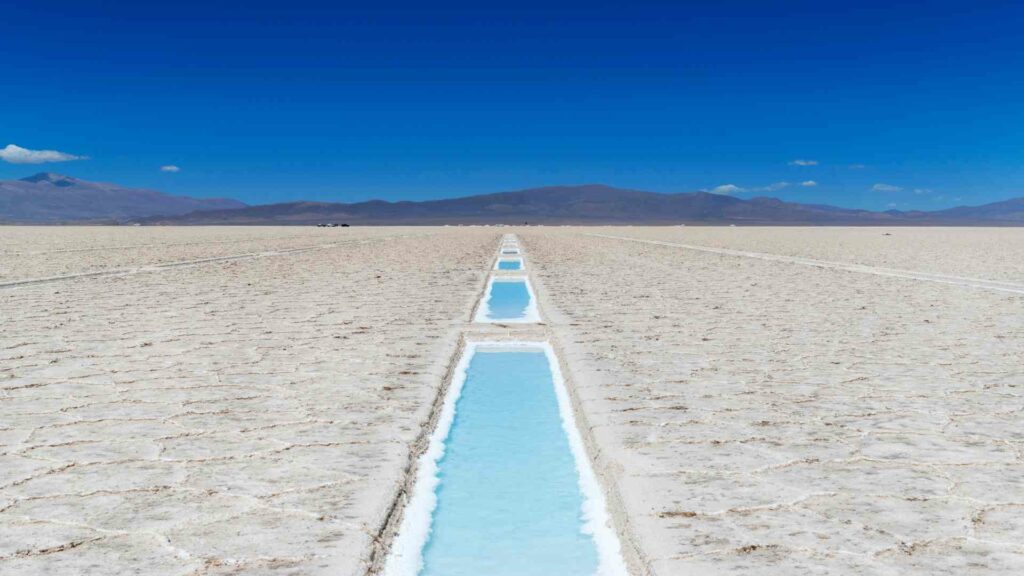High purity boron. Welcome back to the Borates Today podcast. Each week we cover a topic that is relevant to the industry and timely. We cover the latest industry news. Who are the key players in the sector? What are the latest trends, driving demand, and supply for boron. What is the science behind boron and who’s doing valuable research into new boron applications and benefits?
We look at how boron helps in advanced energy, in food security, and in providing nutrition. So don’t forget to check out boron applications and benefits on our website borates.today.
In today’s podcast, we’re going to look at the global high purity boron market, which will experience strong growth in the coming years. This is mainly due to the increasing demand for boron-based products across various industries, including electronics, semiconductors, and in the automotive sector.
The High Purity Boron Market
According to fact.mr., the global high-purity born market is forecast to grow at a compound annual growth rate of three and a half percent from just over $1 billion to nearly one and a half-billion dollars in the coming 10-year cycle. This is compared to a 2.2 compound annual growth rate between 2017 and 2021. These higher numbers are a result of the increasing demand for advanced solutions in boron-based chemicals and materials in various industries, which we will discuss below.

Boron is a crucial element in manufacturing a wide range of products, including glass, ceramics, detergents, agricultural chemicals, and electronics. This growing demand for these products is expected to fuel the growth. of the high-purity boron market over the next decade accounting for approximately 42% of the total boron market. As an aside, North America accounts for 35.1% of the boron market share in 2022.
So what does the growth forecast look like for the next 10 years? High-purity boron is more expensive than regular boron. And it’s usually sold as a powder. However, the expanding scope of its applications is forecast to impact the market’s growth. High purity boron also produces borides, which are used in the pharmaceutical and ceramic industries.
High purity boron is also gaining popularity in the semiconductor industry and for laser technology. Small amounts of high-purity boron can be added to semiconductor materials to change their electrical properties, making them more efficient and effective.
The high-purity boron market is further being used as a raw material. High purity boron is further being used as a raw material for atomic reactor control rods and as a catalyst in organic synthetic mechanisms. The low solubility of high-purity boron in water, alcohol, hydrochloric acid, and ether is a critical demand driving factor.
Top players in the high-purity boron market concentrate on developing enriched products for specific applications. The emerging trend of introducing nanomaterials throughout various industries is expected to broaden the application of high-purity boron solutions driving further market growth.
High purity boron is also in high demand in the electronics industry for its exceptional performance, quality, and affordability. As a semiconductor dopant, it produces monocrystalline silicon, which is required for electronic applications. Furthermore, boron carbide is used in military lightweight armor applications.
So, where does this high-purity boron come from? Well, boron is naturally found in the form of borates, colemanite, and orthoboric acid. Global industries primarily use four types of boric mineral to produce various forms of boron. Colemanite kernite tinkle and ulexite.
Turkey and the United States have the most boron resources followed by other parts of North and South America, Europe, and Asia. Colemanite is the most common type of boron deposit in Turkey, comprising around 70% of all deposits in that country. In the United States, tincal, kernite, and borates in brines make up the majority of deposits with ulexite and colemanite occurring in smaller quantities. According to estimates, global reserves of boron are sufficient to meet future demand at current consumption levels.
Depending on the final application, manufacturers deliver various grades of boron ranging from 99% to 99.999%. The higher boron purity levels are marketed as ultra-high purity boron. As demand for high-purity metals rises, only a few global manufacturers will remain dominant. One such manufacturer, 5E advanced materials in Fort Cady, California, has set out a long-term strategy to provide high-purity boron to satisfy the market for advanced materials, which contribute to decarbonization, advanced energy solutions, and industrial agrochemicals.
5E Advanced Materials, which was previously known as American Pacific Borates, is a strategically important mineral asset. The asset in Fort Cady is located in Southern California and it’s well-placed to unleash substantial value through the monetization of the higher purity boric acid, as well as standard borates.
Boric acid is used in a wide range of legacy applications, including glasses, fertilizers, ceramics, detergents, and so on. But it is the newer rapidly expanding applications driven by de-carbonization and advanced energy which are exciting investors. Co-product opportunities are happening with the Fort Cady asset base, which will improve the relative cost curve and associated economics.
As a result, 5E Advanced Materials is well-positioned to capitalize on this opportunity and increase its shareholder value.
And that’s all from Borates Today. For more information on the high purity boron market, please refer to Borates Today website. Meanwhile, thanks for listening.





